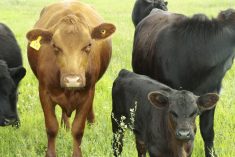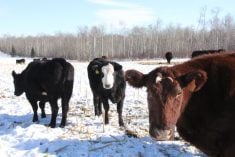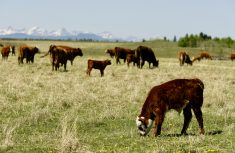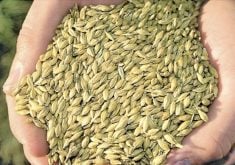Breeding replacement heifers to calve at least 30 days ahead of the cows isn’t just a good idea — it’s a must to give them a fighting chance at rebreeding in time with the main cow herd and establish reproductive momentum for the years to come.
“Mother Nature and math leave very little room for error in a breeding program,” says Dr. John Campbell, head of large animal clinical sciences at the Western College of Veterinary Medicine in Saskatoon.
Read Also
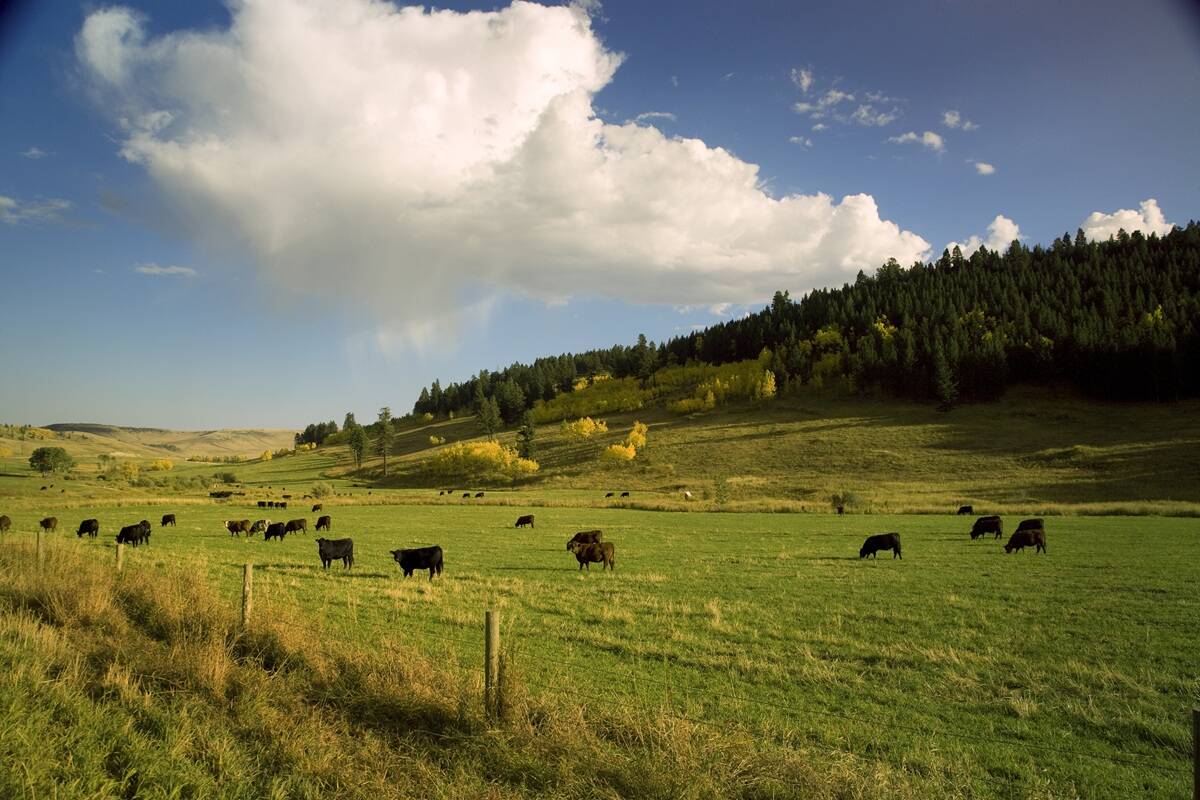
Are you a competitive supplier of weaned beef calves?
Beef farmers and ranchers need to strategically manage costs to achieve and maintain profitability.
“The best nature can do with a perfectly fertile cow and perfectly fertile bull in a single mating is 60 to 70 per cent (conception) and that’s better than most other species,” he says. Other limits nature imposes are a gestation length of approximately 282 days and a delay in the return to estrus after calving, which makes cows with suckling calves physiologically unable to rebreed. This period of anestrus is typically 50 to 60 days for cows and 80 to 100 days for heifers.
That’s a minimum of 332 days and as many as 382 days already taken out of a reproduction cycle that only gives 365 days for cows to stay on track delivering a calf at approximately the same time every year.
If heifers calve with the cows, they’ll be behind the 8-ball to rebreed on schedule, whereas, calving 20 to 40 days ahead of the cows will give them the extra time they need to return to estrus before the start of the breeding season for the main herd. Ideally, they should deliver their second calves during the first 21 days of the next calving season.
Campbell offers a strong economic case for front loading the breeding season so at least two-thirds of the herd calves during the first 21-day cycle.
Sucking calves gain about 2.5 pounds a day, therefore, a calf born in the first cycle will have about a 50-pound advantage at weaning compared to a calf born during the same stage of the second cycle, and a good 100-pound edge over calves born during the third cycle. That’s a lot of money left on the table if you typically sell all of your calves at weaning.
In effect, there’s a big dollar difference between a 95 per cent calving rate with 65 per cent of the calves born in the first cycle, 25 per cent in the second and five per cent in the third compared to the same calving rate with a 40-40-15 distribution.
From the Manitoba Co-operator website: Working with your vet will improve your bottom line
Again, Mother Nature and math limit a herd’s ability to do much better than 65-25-5, given the conception rate of 60 to 70 per cent in a single mating.
Assuming a conception rate of 60 per cent for a 100-head herd and all cows cycling at turnout, 60 would conceive in the first 21 days. Twenty-four of the remaining 40 should conceive during the second cycle and 10 of the last 16 in the third with six open at the end of the breeding season.
“That’s if everything goes right, but it seldom happens that way,” Campbell says. “There are lots of reasons why that could be, but of all things related to fertility, it comes down to two: a cow must have a heat cycle and she has to conceive, so the bull must be fertile. Sometimes we forget that and look for more complicated reasons.”
Most of the time, failure to cycle is nutrition related and that’s why there is so much focus on body condition scoring (BCS). During the first trichomoniosis outbreak at a community pasture in Saskatchewan, Campbell says cows with a BCS of 2.5 or better were two times more likely to be pregnant than those with lower BCS.
The research is equally convincing. In a new paper based on her original study with 200 herds in Western Canada Dr. Cheryl Waldner at the University of Saskatchewan found cows scoring less than five on a nine-point BCS scale were less likely to be pregnant than those scoring five or more. Those scoring less than six were more likely to abort.
Today’s recommendation is to feed cows and heifers to achieve a BCS of 2.5 to 3.0 (out of 5.0) by the beginning of breeding season. This generally means sorting to feed them through the winter because the high demand of lactation makes it almost impossible to improve BCS significantly between calving and the start of breeding season.
“Imposing poor body score makes the math harder and building reproductive momentum just won’t happen,” Campbell says. If the reproduction cycle loses momentum, it can take years to catch up because cows that calve later tend to get behind a little more each year until they drop out of the herd. Add disease or poor bulls to this mix and it could add up to a wreck that spells economic disaster for a producer.
Any way you look at it, fertility is of prime importance and can’t be sacrificed, regardless of feed costs. “Yes, we always have to be conscious of feed costs, but when we look at the economic models, reproduction is still the most important measure that affects profitability of a cow-calf operation. It’s still better to have a light calf than no calf, but even average reproductive performance can cost significantly.”





